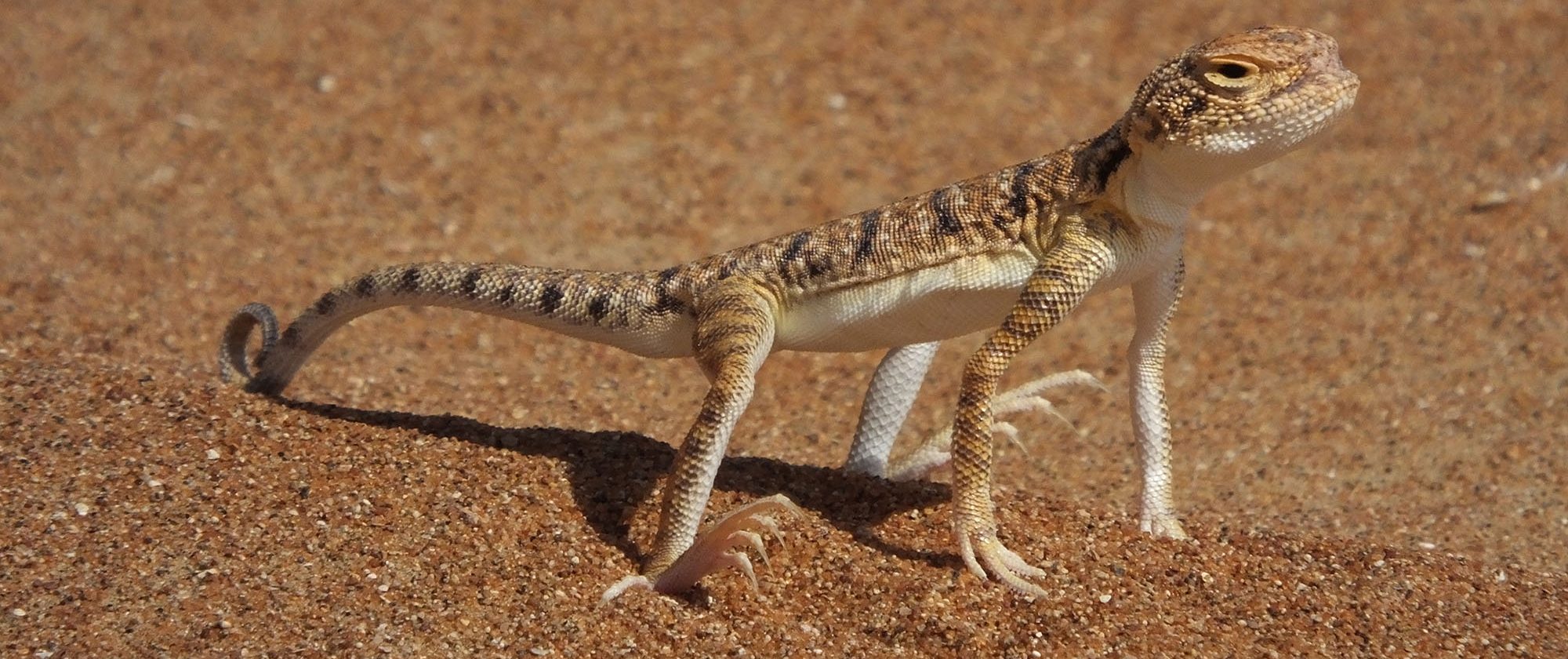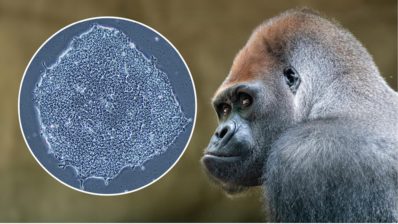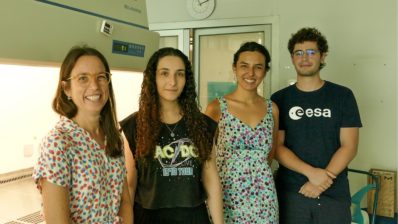In spite of the harsh environment, endemic desert flora and fauna are often quite varied. The research programme of Animal Biodiversity and Evolution of the Institute for Evolutionary Biology (IBE: CSIC-UPF) lead by Salvador Carranza is exploring how such biotas arise and are maintained using reptiles.
Over two expeditions to the Arabian Peninsula in 2013, they explored the southern part of the Ar Rub’ al Khali, also known as The Empty Quarter, the largest continuous sand desert in the world. In this picture taken by Jiri Smid, we see Phyrnocephalus arabicus, a common inhabitant of this desert. This species likes to stand under the excruciating morning sun adopting its typical posture to avoid contact with the burning desert sand, while its body temperature rises to extremes that would be lethal for most vertebrates.
Would you like to see your photo here? Please send us pictures related to science or the PRBB to ellipse@prbb.org.






